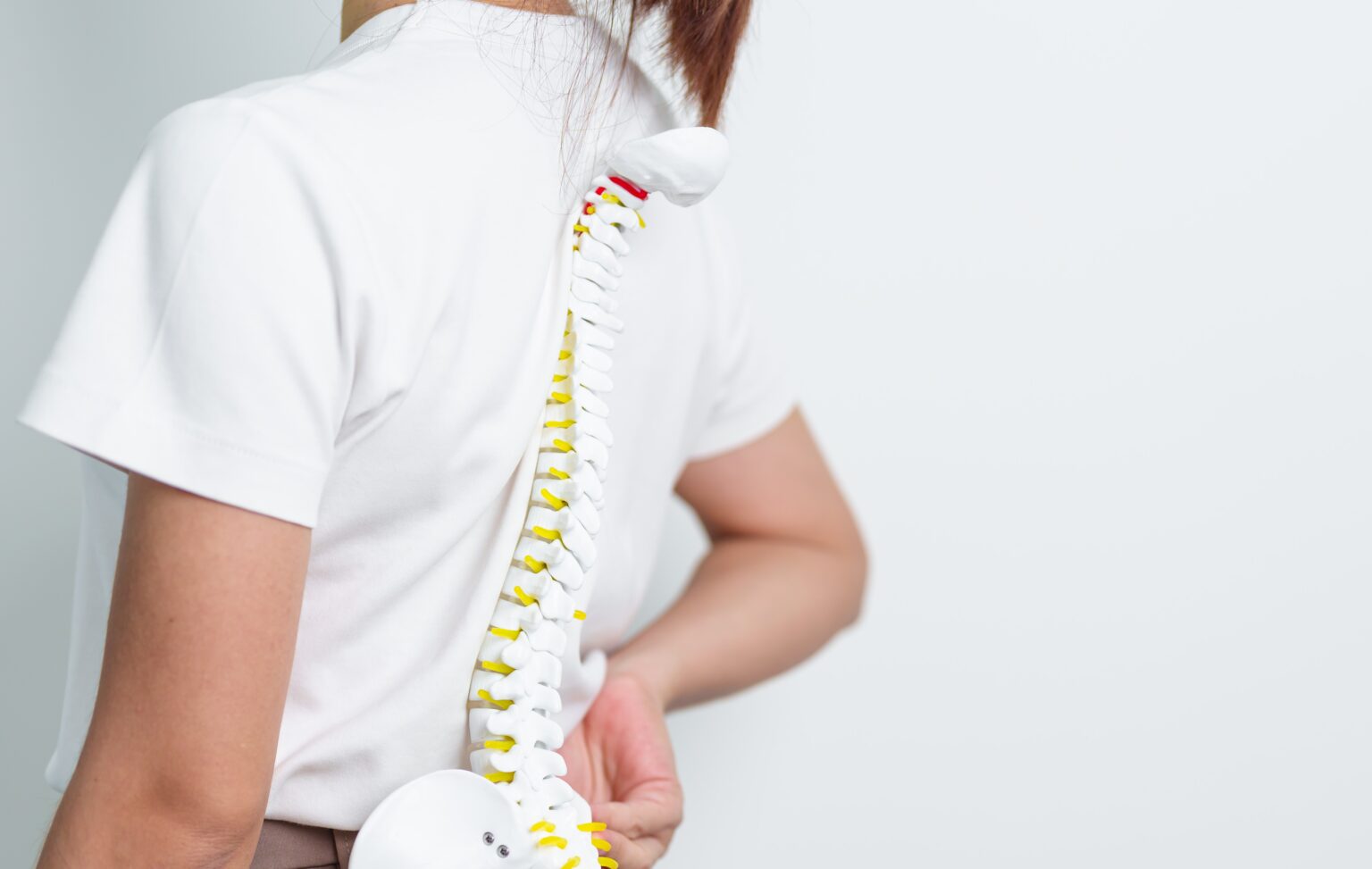SCHEDULE AN APPOINTMENT WITH US
Are Your Symptoms Affecting Your Quality Of Life?
Consult our MOH-accredited orthopaedic specialist for an accurate diagnosis & personalised treatment plan today.

MBBS (S’PORE)
MRCS (Ireland)
MMed (Ortho)
FRCSEd (Ortho)

Compression fractures refer to a specific type of bone injury, predominantly affecting the vertebrae within the spine. These fractures are characterised by the collapsing of the bone onto itself, which usually results from a reduction in bone strength or density.
Although compression fractures can occur in any part of the spine, they are most frequently observed in the thoracic region (the mid-back) and the upper lumbar region (the lower back).
Compression fractures often result from conditions that weaken the bone structure, increasing the susceptibility of the vertebrae to collapse under normal pressure.
The symptoms of compression fractures can vary depending on the severity and location of the fracture, but some common signs are often present.


SCHEDULE AN APPOINTMENT WITH US
Consult our MOH-accredited orthopaedic specialist for an accurate diagnosis & personalised treatment plan today.
Diagnosing a compression fracture involves a combination of clinical assessment and imaging studies.
The initial step is a thorough medical history and physical examination. The orthopaedic surgeon will enquire about symptoms, any recent injuries, risk factors for osteoporosis, and overall health status. During the physical examination, the orthopaedic surgeon will look for tenderness over the spine and assess the range of motion and neurological function.
This test is particularly important for patients suspected of having osteoporosis-related compression fractures. It measures the density of the bones and helps assess the risk of future fractures.
The primary goals of non-surgical treatment are to manage pain, stabilise the fracture, and prevent future fractures.
In cases where non-surgical treatments are not effective or when the compression fracture leads to severe symptoms, surgical options may be considered. These procedures aim to reduce pain, stabilise the fracture, and restore the height or alignment of the vertebra.

MBBS (S’pore)
MRCS (Ireland)
MMed (Ortho)
FRCSEd (Ortho)
Dr Kau (许医生) is a Fellowship trained Orthopaedic Surgeon with a subspecialty interest in Hip and Knee surgery and has been in practice for more than 15 years.
He is experienced in trauma and fracture management, sports injuries, and joint replacement surgery.
Preventing compression fractures primarily involves addressing the risk factors and underlying conditions that contribute to weakened bones. Here are key strategies:
For Singaporeans, Singapore Permanent Residents and Foreigners.
Please speak to our friendly clinic staff about using your insurance plans.

If you have any enquiry, please do get in touch. Leave us a message and we will get back to you shortly.
A compression fracture specifically refers to the collapse of a vertebra in the spine, whereas a regular bone fracture can occur in any bone and involves a break or crack in the bone structure.
Many compression fractures, especially those that are mild, can heal on their own with time and conservative treatment, such as rest, pain management, and physical therapy. However, the healing process varies depending on the individual’s overall health and the severity of the fracture.
While many people recover fully, some may experience long-term effects such as chronic pain, decreased mobility, or postural changes. Severe fractures can lead to complications like spinal deformity or nerve damage.
Surgery is not always required. Many compression fractures are treated successfully with non-surgical methods. Surgery is considered when non-surgical treatments fail to relieve symptoms or when the fracture leads to severe or worsening back pain, spinal instability, or neurological symptoms.